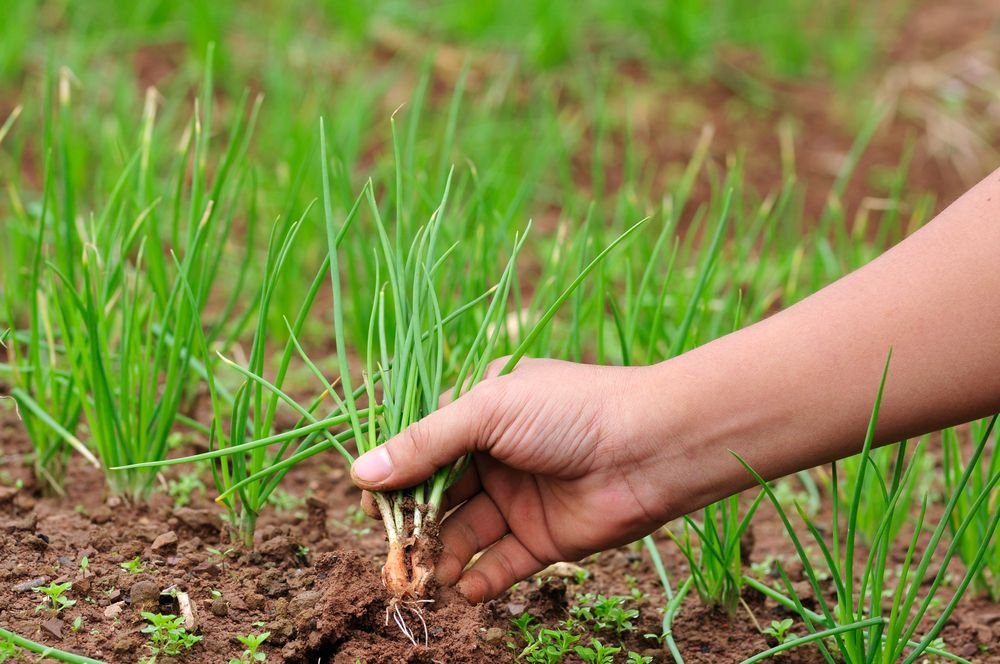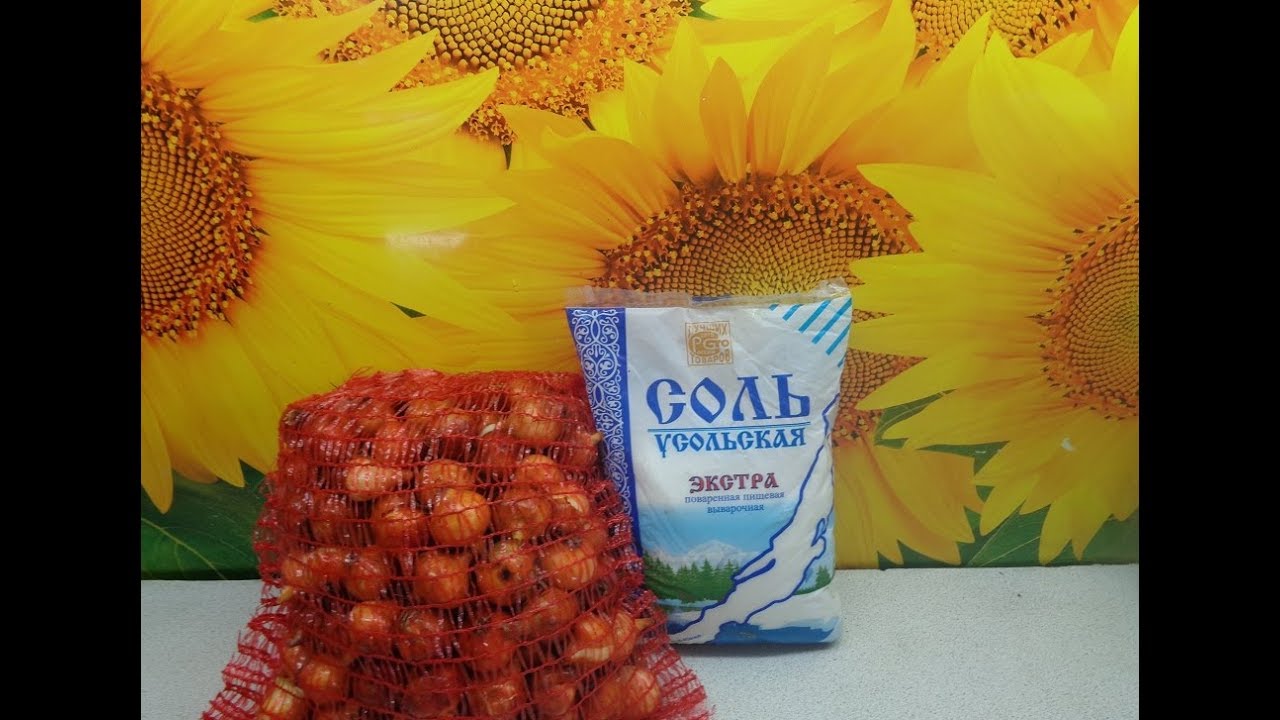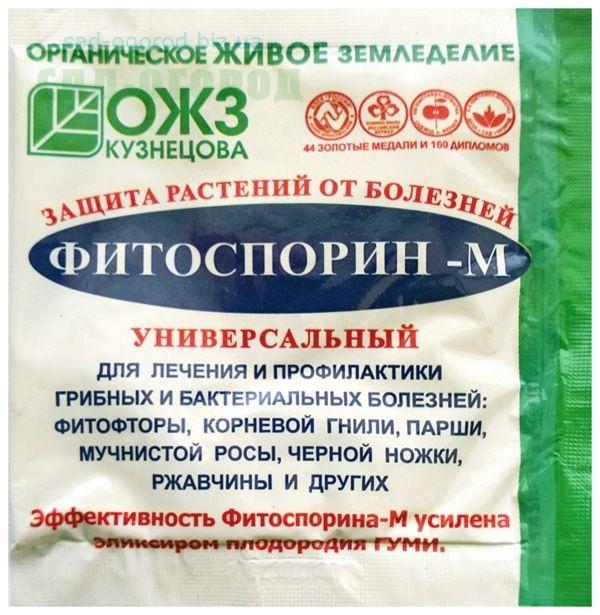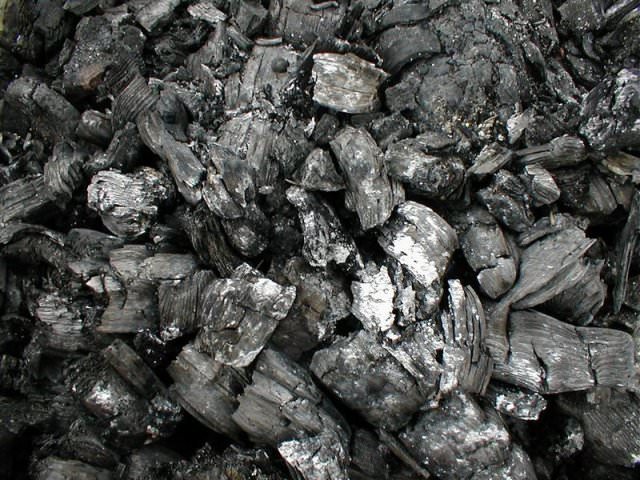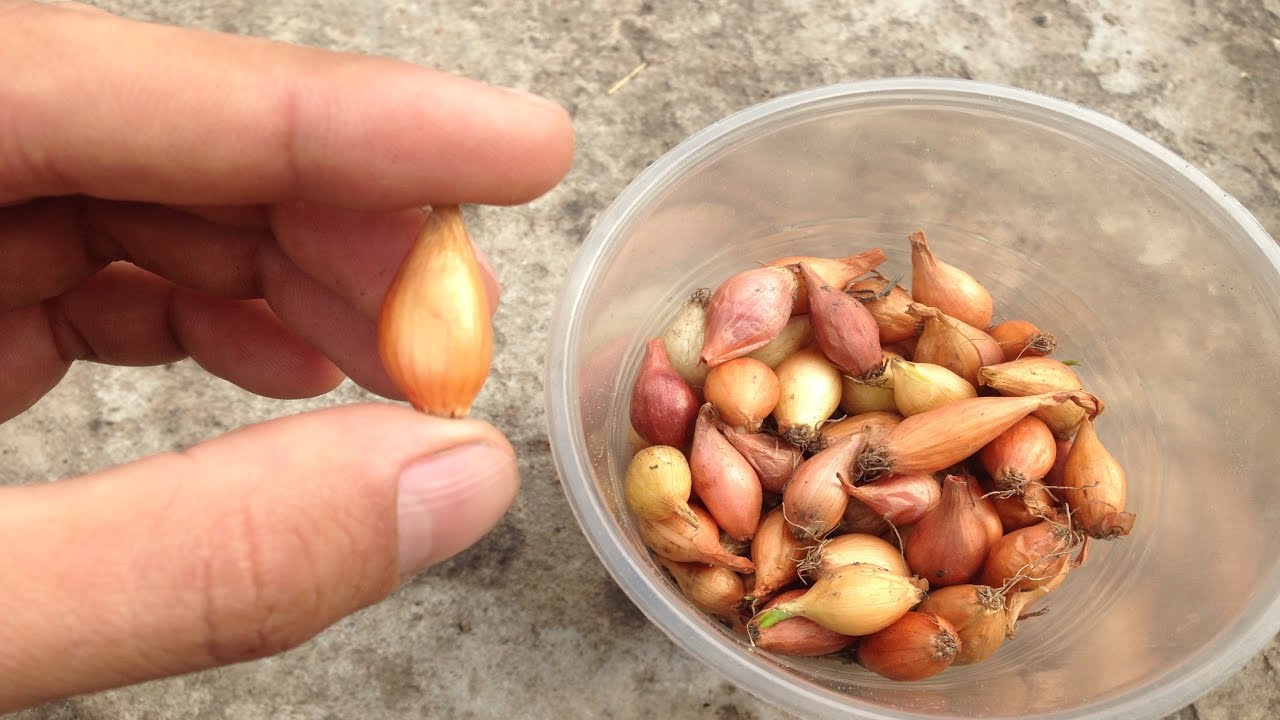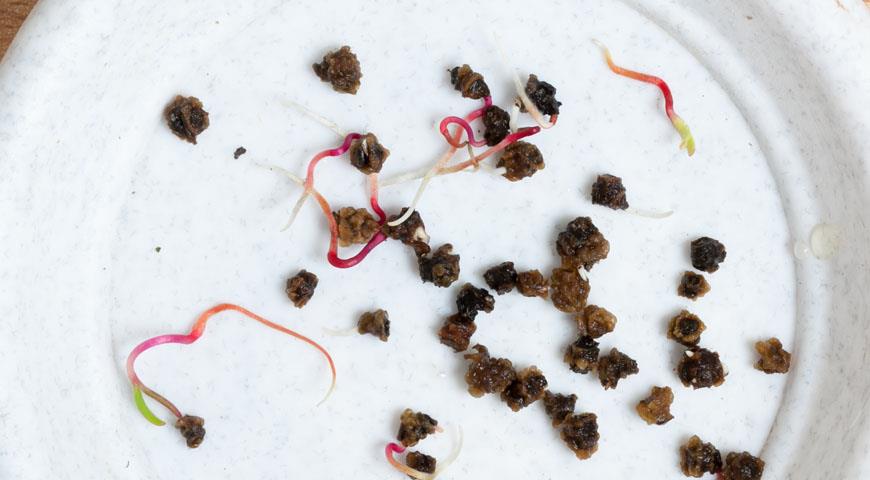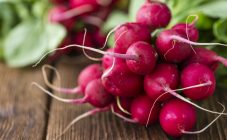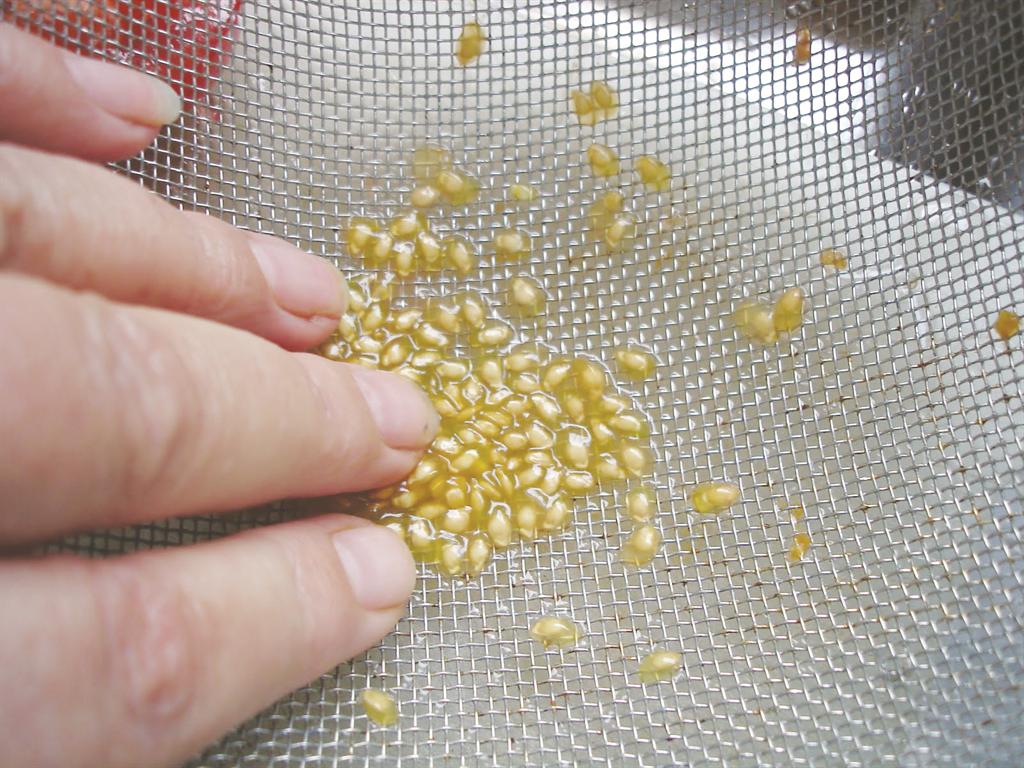Content:
The onion is distinguished by its fast germination and rapid growth. But on the soil, the culture can be damaged, up to complete destruction, by various pests and diseases. In order to grow a high-quality rich harvest, it is important to carry out the procedure for disinfecting the onion sets before planting. Preparation not only allows you to grow healthy bulbs, but also ensures that they are stored unchanged until the next harvest.
Planting onions
Onions are planted in May in warm, moist soil. For planting, prepare a bed in a well-lit and ventilated place. The crop requires soil with a high organic matter content. A bed after zucchini, pumpkin and cucumber is well suited. Onions are not planted after the onions and garlic itself. Before planting, the soil is loosened well, a furrow is marked and spilled from the nozzle of a watering can without a spray.
It is convenient to plant onions in a furrow in a checkerboard pattern, so during the season it will be possible to choose a product from the ridge for greens, because it is not recommended to cut off the feathers separately from the common garden bed. Breaking off the green part will not form a good bulb. An unprotected bulb cut can cause fungal infection.
Why process onions before sowing
To get the best results from growing your crop, you need good seed and know how to decontaminate onion sets before planting. The sevok should be dense, clean, without damage. Dry, sprouted or rotten specimens are not suitable for planting.
For growing bulbs, take a medium-sized set, up to 3 cm in diameter. Empty damaged bulbs should be thrown away, and sprouted or large bulbs can be used to plant separately on greens. Before starting various treatments for pests and diseases, the seedlings are sorted and heated.
What for processing needed:
- increase germination;
- increase the quality and size of the crop;
- reduce the formation of flower arrows;
- protect against pests and diseases.
Often onions are stored incorrectly, especially in warehouses, at low temperatures. For seeding, the required storage mode is at a temperature of + 18 ° C. Well-dried seedlings do not germinate before planting time. Purchased seed should not be planted immediately after purchase. The seedlings stored at low temperatures will go away when planted in the arrow and do not form a large bulb. Therefore, the purchased planting material should be dried and warmed up for several weeks at home. For this, the seedlings are kept for 14-20 days at a temperature of + 20 ° C.
You can warm it up by laying out the sevok near batteries and other heating devices. Before planting, for 8-10 hours, the seed is heated at an elevated temperature of + 30 ... + 40 ° C, while not overexposing and not exceeding the temperature. A heated onion shows better survival rate and will shoot less. The method also helps against infection with cervical rot and powdery mildew. Sometimes soaking in a soda solution is used to prevent the onion arrow from forming. But soda is less effective than pre-sowing heating.
For quick germination, it is important to remove dry husks from the seedlings. Unshelled scales release substances into the soil that inhibit the germination of the head. All dry husks are removed before the first juicy scales appear. You should undress the bow carefully so as not to damage the roots.
The dry tops of the onion are trimmed to speed up feather emergence. But due to inexperience, you can confuse parts of the onion and cut off the spine or cut the neck too much. Therefore, with this technique, you can postpone, with subsequent soaking, the dry neck will soften by itself, and pruning is not required.
Salt and potassium permanganate treatment
Processing onions before planting with salt and potassium permanganate is needed in order to disinfect and disinfect the onions. Such processing methods are suitable for different planting dates, be it spring or autumn.
Being in a saline solution helps keep the onions free from soil pests such as onion flies and nematodes. In order to disinfect the set, both sea salt and ordinary table salt are suitable.
The onion loses a lot of moisture during storage, therefore, before soaking in a saline solution, it must be properly moistened, for this, the planting material is placed in ordinary water for 2 hours. Then, the use of a saline solution for onions before planting will become more effective. Salt solution is prepared at the rate of 3 tbsp. l. salt in 5 liters of warm water. Soak for 3-4 hours, then wash the onion from salt with a change of several waters.
If it was not possible to treat the seedlings with a saline solution before planting, you can use a salt water composition to water the beds. 300 g of salt is dissolved in a bucket of water and watered on the ridge. After such a procedure, it is important to wash off the salt from the onion feathers by spraying them with plain water. This watering method should be applied once a season. Watering onions with salt can get rid of onion flies, but with large amounts of this method, the earth will become too salty. If the soil is often salted, then the plants on it will develop poorly or not grow at all. Salt is difficult to wash out of the soil and remains there for a long time.
If onion saline helps to reduce pest damage to the crop, then manganese solution can be used to treat the seed from fungal spores that may be in the seed. This applies not only to purchased material, but also to home. It is impossible to determine the presence of infections in the inoculum by visual examination.
The manganese solution is prepared with a dark purple color. No more than 30 minutes. - how much to keep onions in potassium permanganate before planting. After such etching, the seedlings should be quickly rinsed with warm water.
After processing, the planting material can be dried for planting or left for 6-8 hours covered under a film so that it releases the roots. Planting seed with emerging roots requires caution - if damaged, they will slow down the survival of the bulb.
The result of processing with salt and potassium permanganate
After soaking in a saline solution, and then processing the onions in potassium permanganate before planting, the seed is completely ready for transfer to open ground. Salt becomes a prophylaxis against pests that damage crops: onion flies, onion thrips and onion mites. Potassium permanganate prevents fungal diseases.
There is a method of how to pour salt on the onion planted in the beds from the appearance of an onion fly. For this, in addition to salt, ammonia is used. A solution is prepared with the following ratio of elements: 1 glass of salt, 10 ml of ammonia, 10 liters of water.Watering the beds with such a compound should be in the evening and in the aisles, and not along the leaves or under the bulbs. After the procedure, the garden is poured with water for better penetration of substances. The pest disappears. It is important to use such substances in moderation when growing plants. The use of large amounts of ammonia, like salt, is harmful to the culture.
Components such as salt and potassium permanganate should be used in combination, because individually they affect only one adverse factor: pests or diseases.
Onion processing before planting with phytosporin
Treatment with phytosporin has the same effect as de-freezing with potassium permanganate. Fitosporin is an organic microbiological preparation that is effectively used to treat planting material against fungal and bacterial diseases. Available in powder, paste and liquid form. The drug spreads through the vascular system of the plant and begins to have a positive effect on crops from the moment of treatment. It is based on a spore culture - a bacterium that, by producing its waste products, suppresses the reproduction of pathogens. When using the processing of sevka, the drug has a detrimental effect on the development of diseases such as bacteriosis, peronosporosis or downy mildew, various types of rot.
Phytosporin should be used in cloudy weather. The active bacterium of the drug dies when exposed to sunlight. It is important not to combine phytosporin with solutions that have an alkaline reaction. Fitosporin, which is produced in the form of a paste, contains humic acids; if used, no additional use of growth stimulants is required.
The paste and powder are pre-soaked for 2 hours in water, the required proportion of which is indicated in the instructions. It is ineffective to just pour phytosporin. To activate bacteria, preliminary preparation in water is required, otherwise the drug will be useless. Chlorinated tap water should not be used to dilute the phytosporin forms. Such water is harmful to living bacteria. You can use thawed, rain or boiled water.
Fitosporin paste is prepared in two steps. First, a concentrated solution is prepared at the rate of: 100 g of paste per 200 ml of water or any other amount, but while maintaining a ratio of 1: 2. The concentrated solution can be stored. Before use, it is bred at the rate of: 3 tbsp. l for 1 glass of water. The ready-made solution is sprayed with sevok before planting.
The powder is suitable for soaking and spraying planting material. Prepared at the rate of: 10 g of powder per 500 ml of water. Soak the seedlings before planting for 2 hours.
Fitosporin only prevents the spread of certain diseases, and the drug does not help against harmful insects, such as salt treatment for onions.
Phytosporin can be watered on a ridge. The drug is safe for humans, and the feather can be eaten on the day of processing. Processing is carried out no more than once a month, it should be sprayed with an interval of 2 weeks.
A disinfectant can be used to treat the bulbs before storing them.
How to disinfect onions before planting
Potassium permanganate and phytosporin have a good preventive effect, but there are other ways how to disinfect onion heads before planting. It is important to choose one treatment for pests and one for diseases. Otherwise, the drugs may enter into a reaction unnecessary for the plant. For example, manganese and phytosporin are not used together with each other and together with copper sulfate. Empirically, each gardener selects onion processing that is suitable for his growing conditions. Disinfection is also used with such means as:
- Copper sulfate;
Copper sulfate treatment is carried out in order to prevent infection with fungal diseases of the culture. Processing is carried out after all other procedures, just before landing. An effective remedy, at the same time, is not completely safe, it belongs to toxic substances. Treatment with such a substance is carried out in protective clothing.
Copper sulfate in an amount of 30 g is dissolved in 10 liters of warm water, mixed thoroughly until the solution acquires a copper shade. The bulbs are placed in the solution for 2 hours. After they are taken out, the seed is dried, and it is ready for planting.
- Wood ash
With the help of wood ash, seedlings are treated against decay, and also used as a growth stimulant. For processing, you will need to dilute 250 g of ash in 5 liters of water. Soak the planting material in the solution for 10 minutes. Before planting, the seedlings are dried in the sun for 2-3 hours. After such treatment, additional feeding may not be needed, because the ash contains all the trace elements necessary for the culture.
In addition to ash, industrial growth stimulants are used, they will also make the culture more resistant to unfavorable growth factors, and the seedlings will appear quickly and amicably.
Growing onions may seem simple, at first glance, a matter - I bought a set and planted it. But often, without proper pre-sowing treatment, the crop is not of high quality, it does not show itself well during storage, especially when it is winter. To prevent the culture from occupying the garden in vain, not spending labor on caring for it, you should pay attention to the simple pre-sowing preparation.
